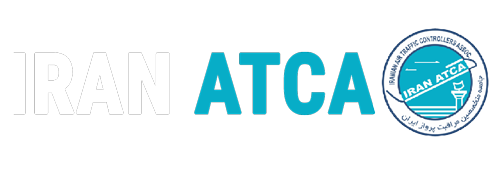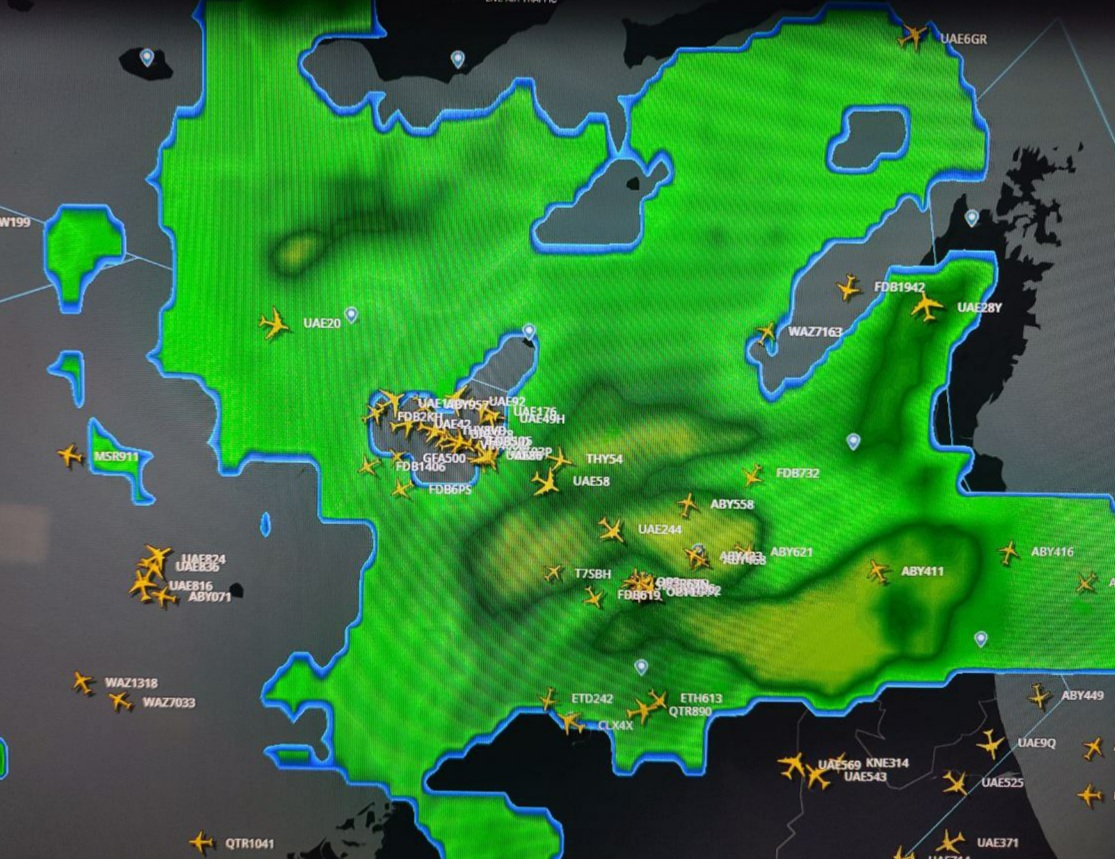Introduction
As recent precipitation cleared and freshened the air, brought joy to people of all ages , it also may cause some significant problems to others as a result of these same precipitation which may encountered floods, or being trapped on roads or others experienced cancellations or extensive delays in their flights. Additionally, in such weather conditions, some passengers are forced to change their destination and divert to an alternate airport, causing numerous challenges for travelers, airlines, and airports. Let’s take a look at the working conditions of air traffic controllers in adverse weather conditions.
You might wonder how air traffic controllers adopt to such weather conditions. Is the difficulty of air traffic control in normal weather conditions the same as the period of adverse weather conditions?
Adverse weather and incidents
Looking at aviation incidents, one of the most important and influential factors in the chain of events leading to an accident is adverse weather. The impact of weather changes on the normal course of aviation activities needs exploration.
Procedures in aviation
In aviation, efforts have been made to issue guidelines for all phases to ensure safety, such as radio communication procedures, standard separation procedures, navigation aid equipment checks, or aircraft parking procedures. Even for emergency situations, appropriate procedures have been written. For example, in emergencies, pilots use relevant checklists to manage and solve the conditions thoroughly.
ATC procedures
Air traffic controllers also have specific guidelines for adverse weather conditions. However, these guidelines address general points, and it is fundamentally impossible to consider separate procedures for all different traffic conditions. This is where the decisions and techniques of controllers play a significant role in creating standardization, safety, calmness, and speeding up air traffic.
Facing any traffic situation, air traffic controllers must make decisions and implement them instantly while considering general guidelines to ensure flight safety.
Adverse weather impact on ATC
An orderly flow of air traffic is one of the goals of air traffic control services, enhancing safety and expediting the air traffic. Imagine a highway where all cars follow their lanes and routes systematically, even in heavy traffic, ensuring a smooth flow and reducing the likelihood of accidents. However, if an obstacle arises in the middle of the highway, causing one lane to close, the traffic flow is disrupted, and cars may get stuck in heavy traffic, increasing the likelihood of accidents.
In adverse weather conditions, some airports close, some air routes become unusable, and pilots’ repeated requests to change routes that sometimes require coordination with other units arise. In such situations, the workload for air traffic controllers multiplies several times, and their decisions to solve traffic knots instantly become crucial and vital.
This responsibility is executed and will always be carried out by air traffic controllers, distinguishing them from others. Salute to the champions who, through an unbelievable effort, have brought honor to all of us.
To see the persian form of this article click on below
https://t.me/IranATCA
https://eitaa.com/iranatc






بدون دیدگاه